The “Green” Revolution
by: Gaetano Laghetti (gaetano.laghetti@ibbr.cnr.it)
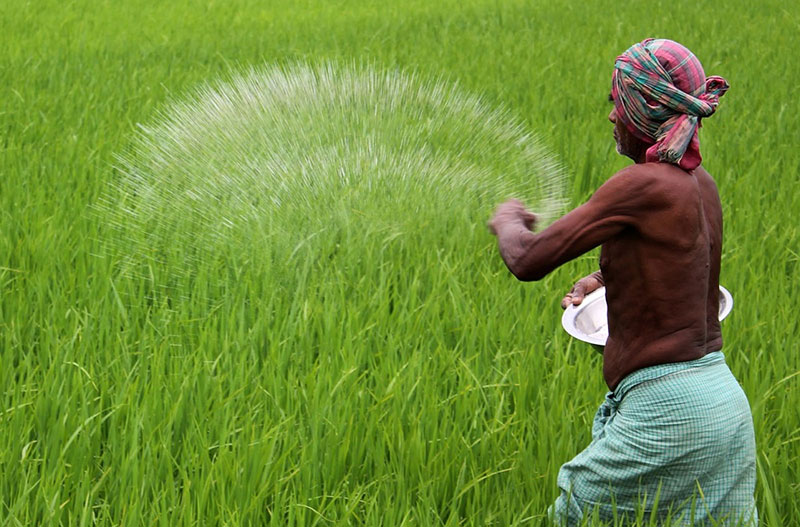
The term Green Revolution has been introduced to indicate a novel approach applied to agriculture that allowed a significant increase of crop production in many parts of the world between the years ’40 and ’70 of the last century, thanks to the use of genetically-selected plant varieties, fertilizers, phytochemicals, water supply and other technical means.
The beginning of the green revolution is thought to date back to 1944, when a Research programme aimed at increasing the crop productivity of Mexican farms (the Mexican Agricultural Program) was founded by the Rockefeller Foundation, with surprising results: Mexico went from the importation of half its wheat requirments to self-sufficiency in 1956, to the exportation of half a million tons of wheat in 1964.
In fact, such approach to genetic improvement was initially implemented by an Italian researcher, Nazareno Strampelli, in the early twentieth century. Its hybrid varieties of wheat were one of the decisive elements that allowed to win the so-called "battle of the grain" launched in those years by Benito Mussolini.
However, most of the merit of the above agricultural transformation is traditionally given to the American geneticist Norman Borlaug, who crossed short with tall, highly productive wheat varieties, obtaining wheats of reduced size though highly productive. Another objective of Borlaug’s work was to create wheat varieties able to adapt to adverse climatic conditions. For his work and commitment in the struggle against hunger, he was awarded with the Nobel Peace Prize in 1970.
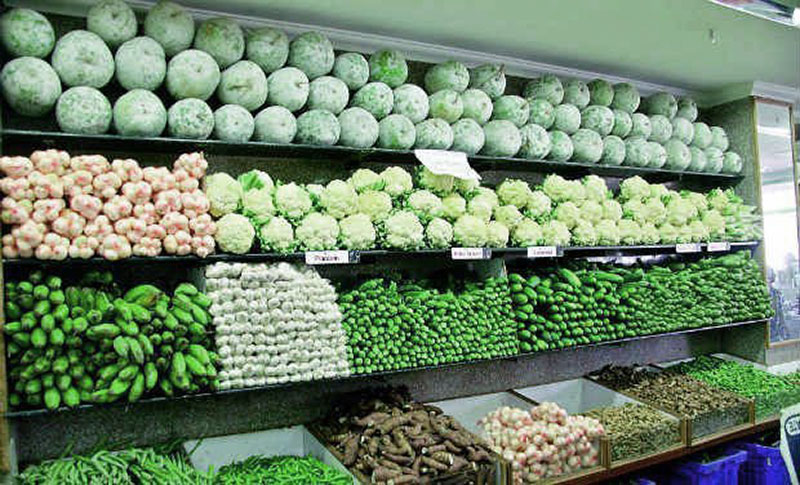
The Green Revolution has not proved to be free from several problems, including:
- Loss of biodiversity. Some crops showed a reduction of 90% of seed variability. The dependence on one or a few forms of seed translated into an increased population weakness, and a compromised ability to improve seeds in the future, in addition to a loss in the contribution to a varied diet.
- Reliance on fossil fuels. The green revolution techinques heavily rely on chemical fertilizers and pesticides, some of which are produced from fossil fuels, making agriculture increasingly dependent on petroleum-based products.
- Pollution. The leaching of fertilizers and biocides is still a significant source of pollution in general, and of water pollution in particular. Although most persistent, toxic and sometimes carcinogenic active compounds were banned in the first half of the century (eg. DDT) from agriculture (although DDT is still used in third world nations), their effects did not totally disappeared.
- Soil degradation. This was the result of a number of factors, including the loss of several soil components by leaching, the increased soil salinity caused by excessive mineral fertilization (that does not allow the development of microorganisms and other beneficial soil organisms), soil erosion. This has led to a growing dependence on chemical inputs to offset the deterioration of soil.
- Economic dependence on multinational seed companies.
- Social problems. The Green Revolution brought major changes in a world in which most people still depend on agriculture for survival. Many of these techniques fostered large-scale farming to the detriment of small farmers, who were unable to compete with the high efficiency of the green revolution crops. The final outcome was the massive migrations and urbanization and increasing poverty at these farmers, and the loss of their land in favor of large farms.
Genetic Diversity of Crops
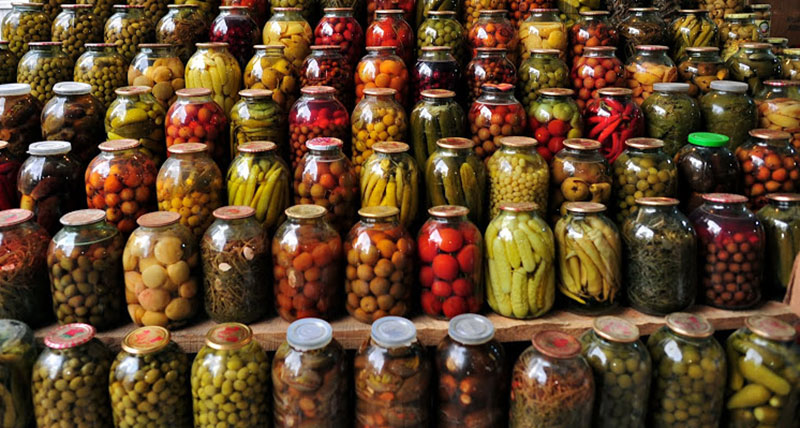
Unfortunately, human history is full of dramatic events deriving from the extreme genetic homogeneity of crops. Indeed, crop genetic diversity is not only a technical question, but also an economic problem. For example:
- During the 1970s, the grassy-stunt virus devastated rice fields from India to Indonesia. Four years of research and the analysis of 17,000 samples revealed that a unique wild species, Oryza nivara, carries a single-gene resistance to the virus.
- Almost in the same period, a fungal disease whose agent was Helminthosporium maydis reduced maize production in the USA by 50%, with an economic loss totaling one billion of USD. The solution to such problem came from an african variety of maize called Mayorbella, whose resistance gene was (and still is) included in all commercial varieties of maize.
- In 1840, the potato late blight (Phytophthora infestans) caused 2 millions od deaths in Ireland.
- In 1860, the European wine industry is wrecked by a widespread phylloxera (Daktulosphaira vitifoliae) infestation.
- In 1870-1890 the coffee leaf rust (Hemileia vastatrix) completely destroyed coffee cultivations and industries in Ceylon, where coffee plants were then replaced by tea cultivation. The resistence to rust was subsequently detected in the coffee variety geisha, native to Ethiopia.
- In 1942, due to widespread phytopathogen infections, rice fields in Bangladesh were wrecked, causing millions of victims.
Production should be increased by 60% to feed the 8 billion people inhabiting the planet in the next 20 years, and only high-productive varieties may ensure adequate results to this purpose. Though, to safe the future of agriculture, we must ensure the wider choice as possible in terms of original genes to be adapted to the needs of tomorrow.
Brief history of ex-situ conservation of Plant Genetic Resource (PGR)
Unfortunately, abandoned crop varieties undergo extinction in a few years. To counterbalance this irreversible process, the international scientific community began to mobilize itself. The first was the Russian geneticist Nikolai Vavilov (1887-1943) who explored the centers of origin of crops to collect seed samples, that were then stored in the first seed bank in the world in St. Petersburg (Russia). In the same period, the American geneticist Jack Harlan began to study the problem, and a series of world conferences on this topic were held, laying down the scientific basis and operational plans that different countries began to apply. Many international institutions were also established with the main purpose of protection of Plant Genetic Resources, as FAO, CGIAR, etc.
In the years 1920-1930 N.I. Vavilov and H. Harlan began to denounce the progressive disappearance of local varieties from most agricultural areas of the planet. Ex-situ conservation of crop germplasm threatened by extinction or genetic erosion began in those years.
Before the "FAO/IBP Technical Conference" held in 1967, there were only very few GeneBank (called "stations of introduction"). The oldest and most important were:
- “All-Union Institute for Plant Industry”, Leningrad (today, S. Petersburg), Russia;
- “Commonwealth Potato Collection”, Cambridge, UK;
- “Collections for Research Programmes”, Rockefeller Foundation, USA;
- “National Seed Storage Laboratory”, Fort Collins, Colorado, USA.
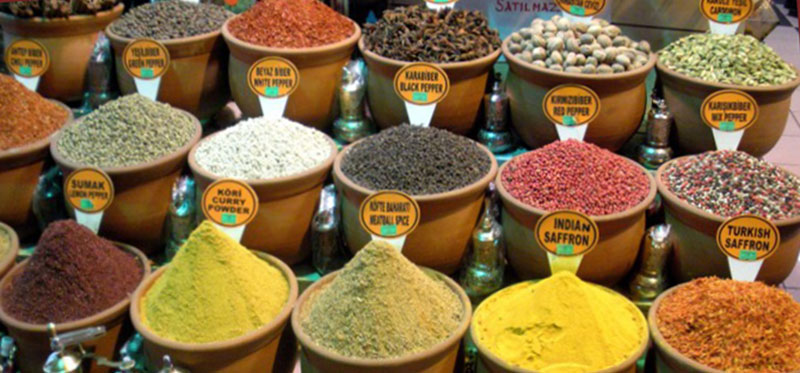
During the "FAO/IBP Technical Conference" held in Rome in 1967 and organized by FAO and the IBP (International Biological Programme) a global strategy for the conservation of plant genetic resources started to develop, headed by a group of experts. The basic strategy could be summarized as follows:
- plant germplasm has to be available to all demanding breeders, immediately and without restrictions;
- genetic variability has to be maintained for future generations through long-term storage, ensuring the lagest phisical and genetic integrity.
During the works of the 3rd "FAO / IBP Technical Conference" held in Rome in 1969, regions of the world and crops most prone to genetic erosion were defined:
- the Middle East (wheat, etc.)
- the African region of Sudan (Oryza glaberrima, etc.)
- Southern Africa and Eastern Europe (green forage);
- Ethiopia (various local varieties);
- South and Central America (cotton, etc.)
- Southeast Asia (tropical fruits, etc.)
- Oceania (yam).
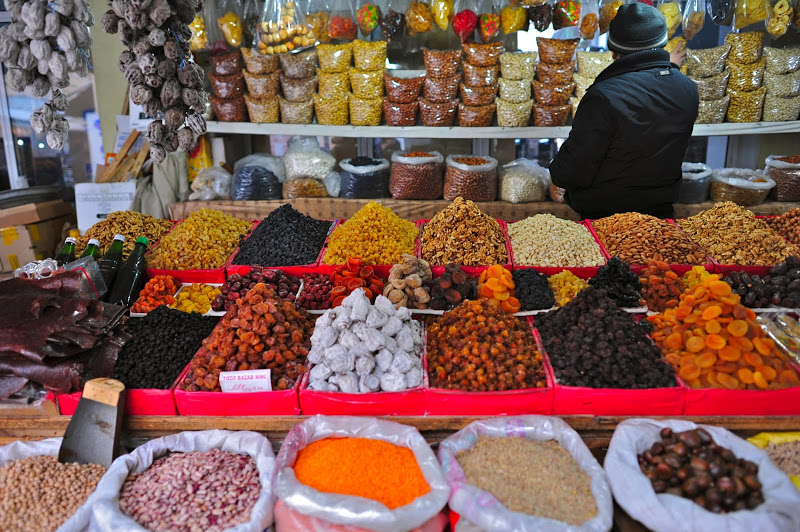
and a categorization of ex situ germplasm collections was established:
- base collections (by the genebank);
- active collections (by the genebank);
- working collections (by the Istitutes of Genetic Improvement)
In 1972 the "United Nations Conference on the Human Environment" was held in Stockholm (Sweden), where genebank duties were established and the distinction between ex situ and in situ conservation was first stated. It was also established that ex situ and in situ conservation are both necessary and complementary, and that PGRs had to be stored in ex situ national or regional conservation centers.
In addition, a network of ex situ PGRs institutions was founded, with the following steps:
- creation of a coordinating center (IBPGR, 1989-90, then IPGRI since 1994, currently Biodiversity International);
- use of international centers already existing in the developing countries to host the new gene banks (e.g., IRRI 1960, CIMMYT 1966, CIAT 1967, IITA 1968);
- creation of new international centers to host the gene banks (e.g., WARDA 1971, CIP 1971, ICRISAT 1972);
- creation of new regional centers at the center of genetic diversity sensu Vavilov.
The "FAO/IBP Technical Conference" held in 1973 defined the strategies and the techniques to be adopted for exploration, collection, sampling and conservation of ex situ collections (field crops propagated by seed or vegetatively, tree species; pollen conservation, etc.) .
PGR Conservation in Italy
In Italy twenty banks of germplasm of wild species currently exist, operating under local authorities, protected areas, universities or private companies. In 2005, a national network called RIBES (Network of Italian germplasm banks for ex situ conservation of wild species of the Italian flora) has been established.
In the forestry sector, germplasm banks are mainly used for short-term storage of genetic material for marketing.
At the international level, the largest centers for the conservation of PGRs are the "Millennium Seed Bank" of the Royal Botanic Gardens, Kew (England) aimed at the conservation of wild species, and the "Svalbard Global Seed Vault" in Norway aimed at the conservation of crop diversity.




